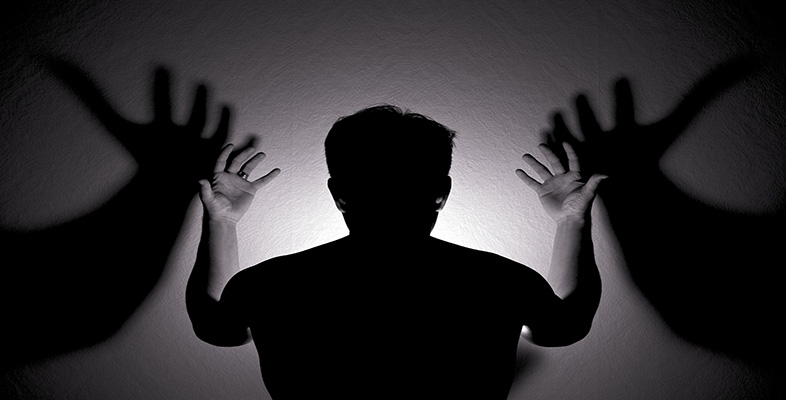3.2 Consciousness of the body
Phenomenological theorists distinguish between the subjective body (as lived and experienced) and the objective body (as observed and scientifically investigated). These are not two different bodies as such (phenomenologists pride themselves on overcoming dualisms!); rather they are different facets of our experience and consciousness.
The body-subject, or subjective body, is the body-as-it-is-lived. I do not simply possess a body; I am my body (Merleau-Ponty, 1962 [1945]). My lived body is an embodied consciousness which fluidly and pre-reflectively engages the world. So it is that, before I can even think about it, I find myself in the world of my daily activities, projects and relationships: these are encountered as a context for the body's possible action. Food is to be eaten, a child is to be played with, a pen is to be applied to paper, and a lover is to be touched. As we engage in our daily activities, we tend not to be conscious of our bodies and we take them for granted. This is the body that is ‘passed-by-in-silence’ (Sartre, 1969 [1943]).
In contrast, the body-object, or objective body, is the body that is known by others. We observe and objectify others’ bodies. ‘We can peer at, leer at, admire, criticise, probe, investigate and dissect another's body’ (Finlay, 2006a, p. 21). In so doing, we become aware of it as a contained, material, physical thing. We also do this to our own bodies. We do this when we become ill and can no longer take our bodies for granted, since they no longer do what we expect them to do. Then we might find ourselves focusing on specific parts of our body: an aching head, an itchy scar or a tiny cut on our writing finger. As S. Kay Toombs (1993, pp. 70–1) explains: ‘Illness engenders a shift of attention. The disruption of lived body causes the patient explicitly to attend to his or her body as body … The body is thus transformed from lived body to object-body.’
Having distinguished between the subject-body and object-body, Jean-Paul Sartre draws our attention to a third ontological (i.e. to do with our sense of being) dimension of the body: bodily self-consciousness. Here, the body is constituted through others. This body comes into being when the person becomes aware of the regard of another. ‘I exist for myself as a body known by the Other’, as Sartre puts it (1969 [1943], p. 351).
As we become aware of the regard of another we begin to exist in a new bodily self-conscious way:
When the body is the object of someone else's gaze, it may lose its naturalness … or instead it may happen that I grow enhanced in its modality of being. For example, under the critical gaze the body may turn awkward, the motions appear clumsy, while under the admiring gaze the body surpasses its usual grace and its normal abilities.
Here, Max van Manen is explaining how the objectification of the body results in a disruption of the unity of the pre-reflectively lived body. Our body is experienced as an object somehow separate from the self. At the same time, we are living our body in a more self-conscious way. It is through this kind of interactive relational process, Sartre says, that we gain an awareness and understanding of both ourselves and others.
Box 2 Pause for reflection
Are you aware of times when you feel your body is ‘objectified’? How does this happen and what is the effect? Think also of different ways the bodies of men and women might be objectified.
